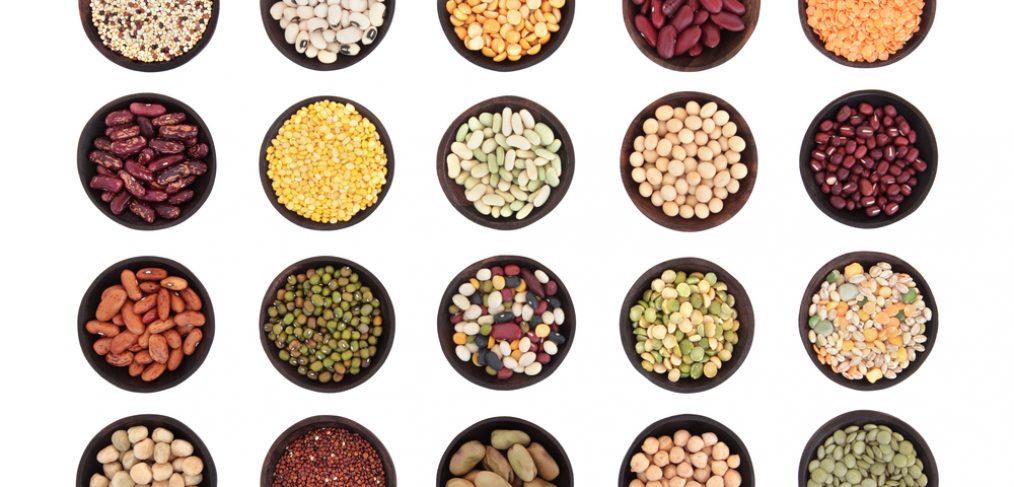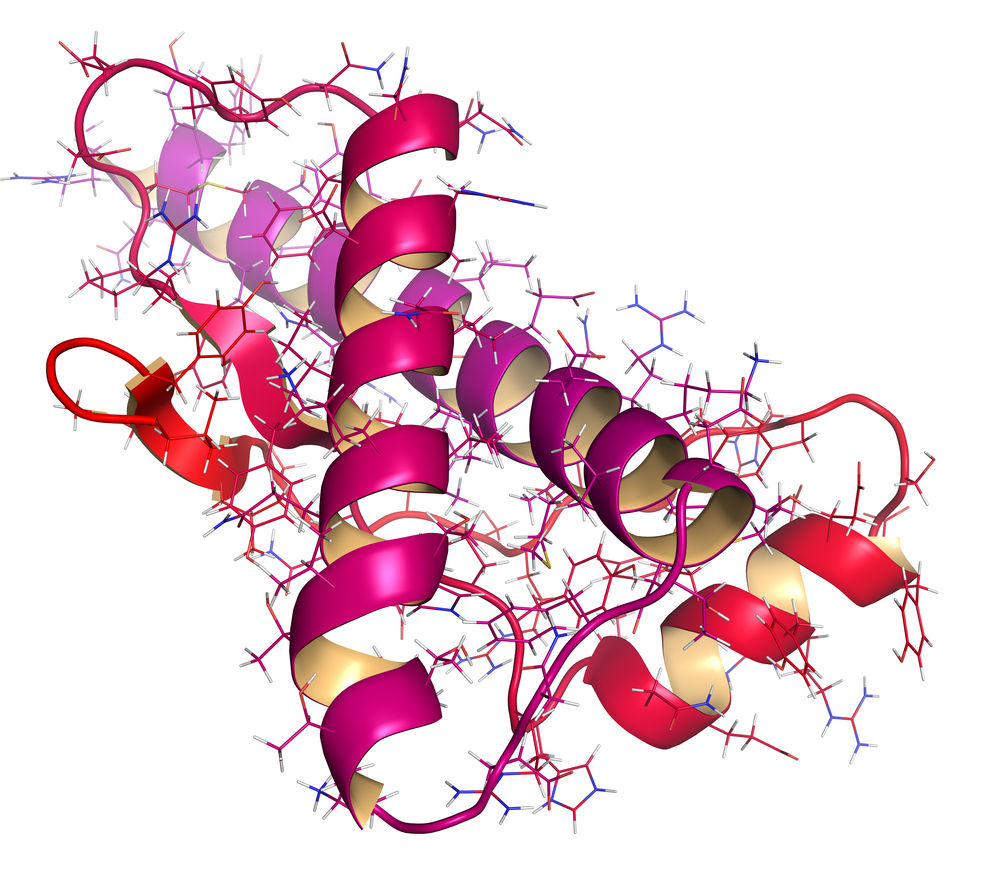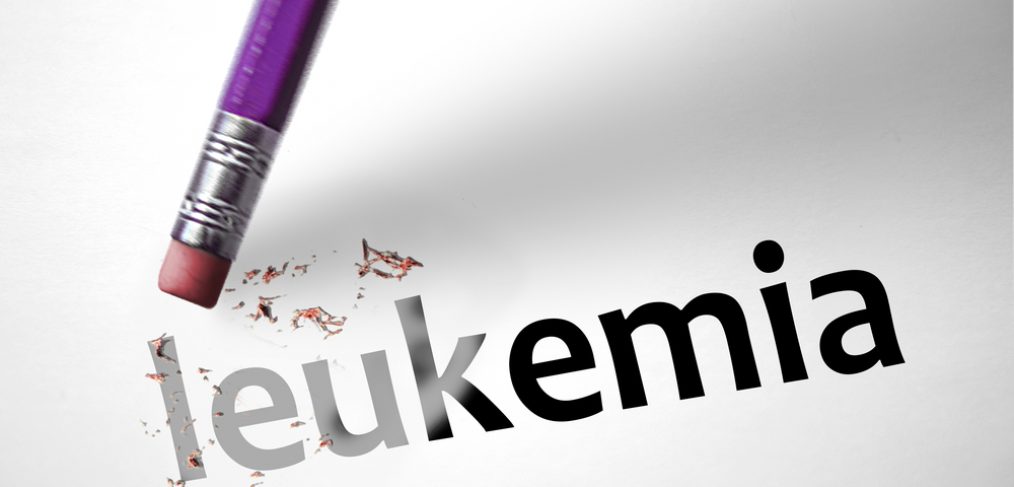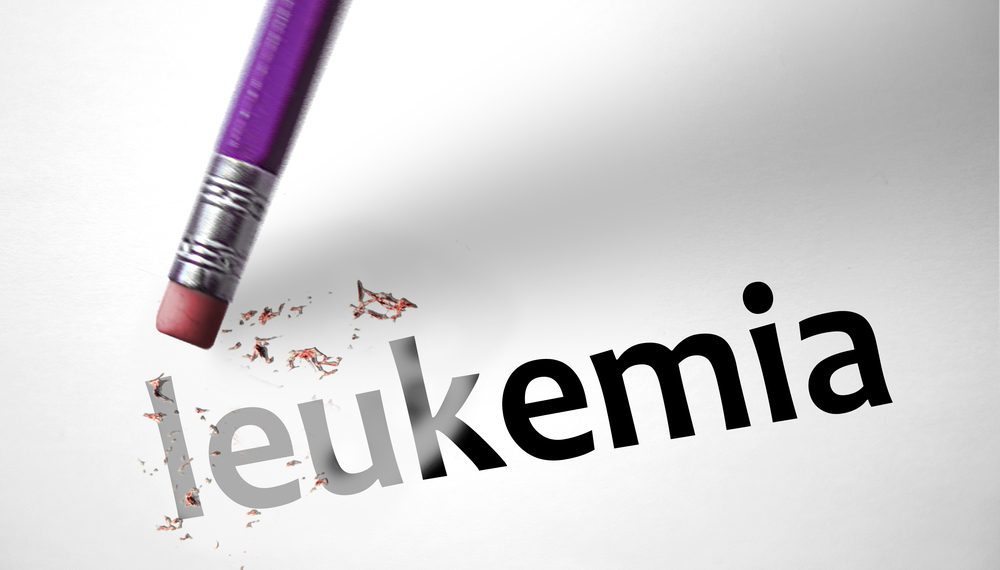Now found in supplements and many skin care products the phenol compound Resveratrol is being hailed by scientists, health professionals and beauty experts as the newest wonder product due to its many health benefits. However, you do not need to purchase fancy health and beauty products to get your fix of resveratrol as it is found naturally in many food products. Here we take a look at the super foods containing Resveratrol and how they can benefit your health.
Just before we discover what foods contain this wonder product we need to know exactly what it is and what the benefits actually are. Resveratrol is a plant phenol that is a powerful antioxidant as well as anti-inflammatory. Research into the compound has shown some of the many health benefits include lowering cholesterol, targeting insulin resistance which the precursor to diabetes and promoting general good health. As it works on a cellular level to encourage longer cell life it is even thought to slow the onset of Alzheimer’s disease and even limit the spread of cancer cells. Resveratrol’s powerful capabilities of prolonging cell life also make it the must-have ingredient for many anti-aging products.
So, what are the super foods that contain such a miraculous compound? One of the best foods featuring resveratrol is red grapes. They are not only packed with the antioxidant properties of resveratrol but are also full of vitamins and minerals. The grapes loose none of their power when turned into wine; making red wine another popular choice when it comes to intake of resveratrol. Whilst the odd glass can benefit your health you must still only ever drink in moderation; overdoing the alcohol will only cause other health problems.
Staying on the fruit theme, many berries are also a great source of resveratrol. Cranberries, bilberries and especially blueberries are all a good choice. Blueberries are another example of a super food full of useful vitamins and minerals as well as resveratrol.
If fruit really isn’t your thing you may be pleased to know that resveratrol can also be found in foods such as peanuts and dark chocolate both of which are also a good source of manganese; great for strengthening the bones. The benefits are the same whether you eat peanuts as they are or as peanut butter. When it comes to the chocolate, the darker it is the higher the amounts of resveratrol. Again, it is important to remember that whilst these contain good things they are still pretty high in calories so don’t go mad!
For those of you who enjoy a nice cup of tea, why not try Itadori tea? For many years this has been used as a traditional remedy in China and Japan. It contains resveratrol and is thought to help prevent strokes and heart disease. It is made from Japanese knotweed and tastes very much like rhubarb.
You can get your Resveratrol fix from these foods or for a higher dose try Resveratrol supplements.








